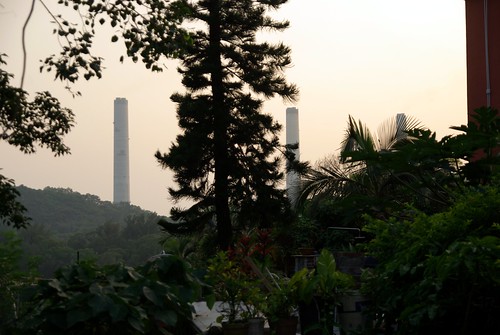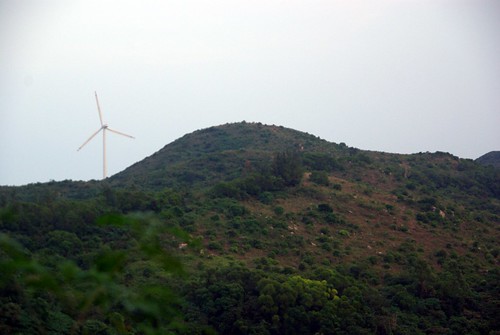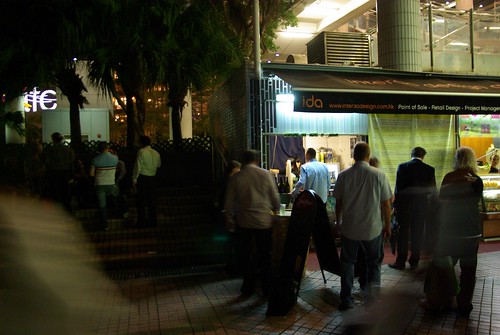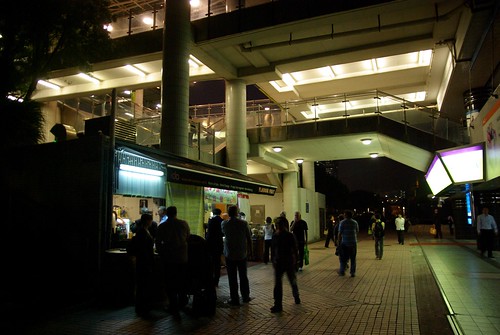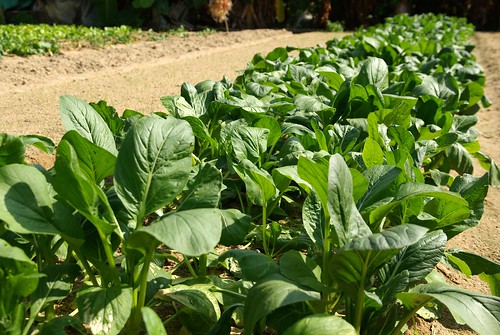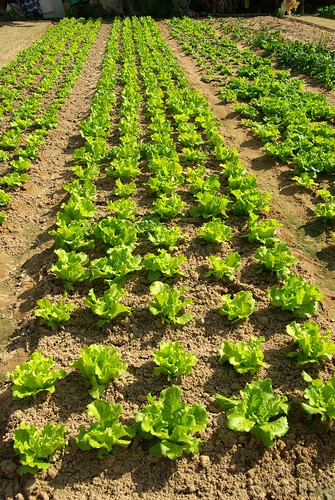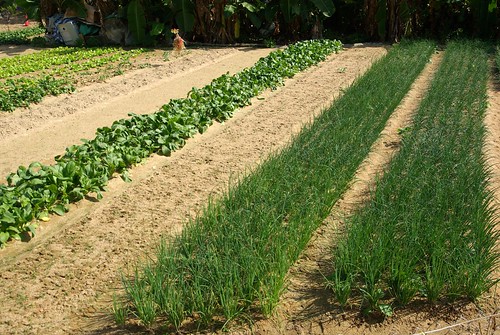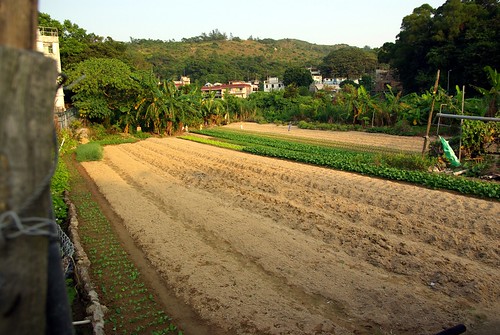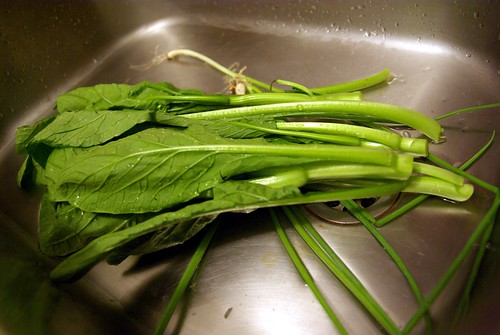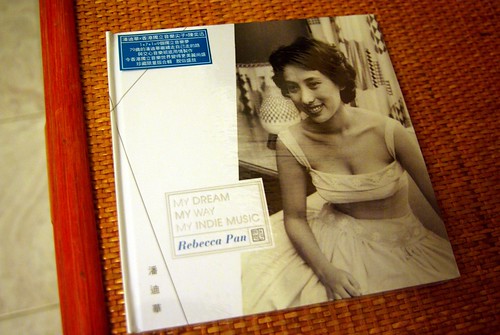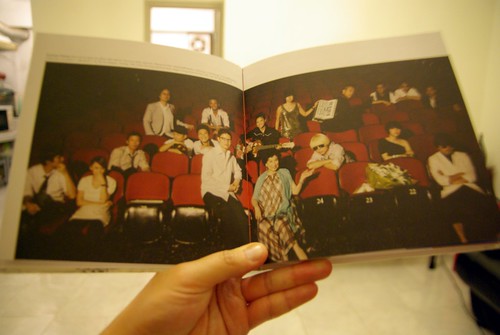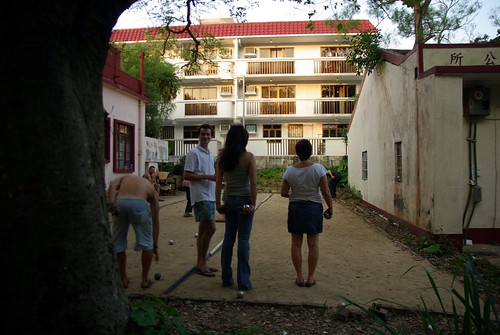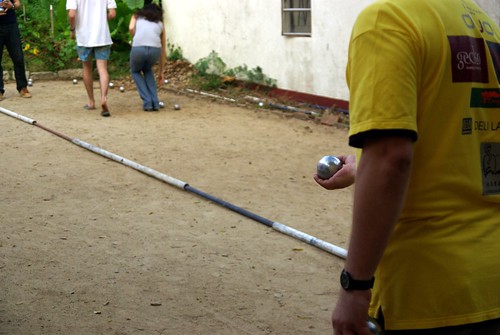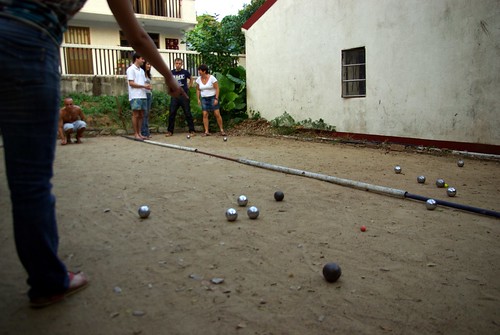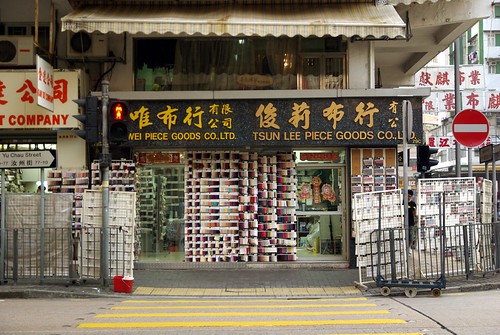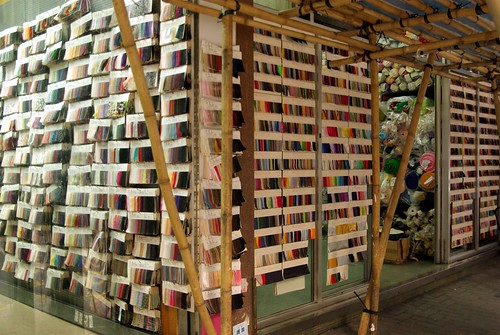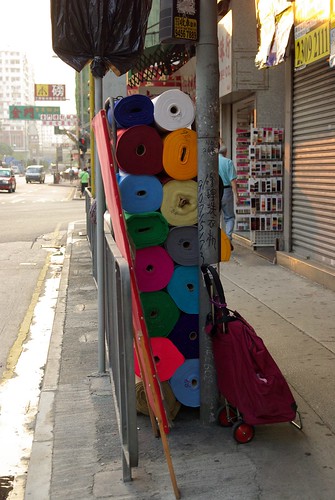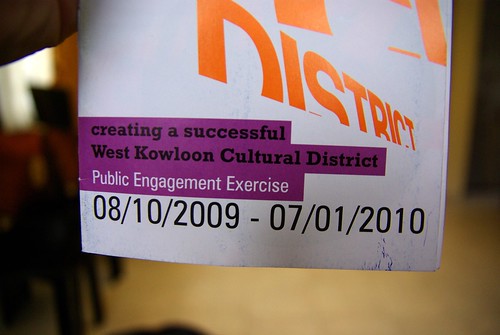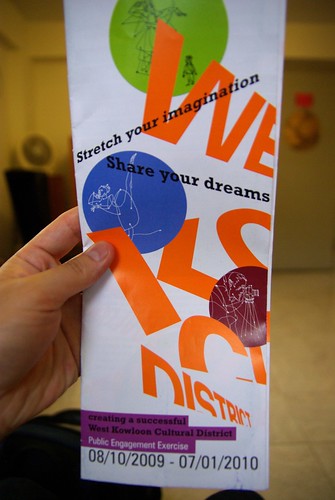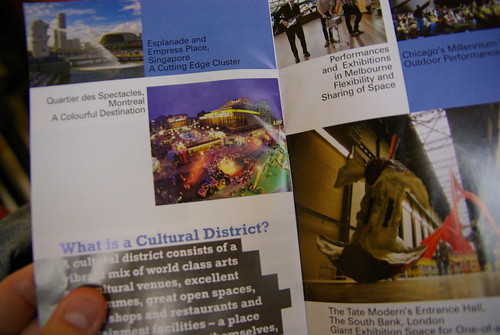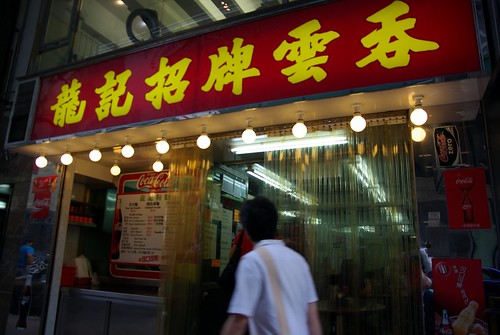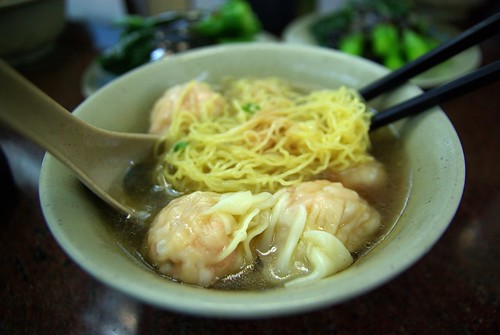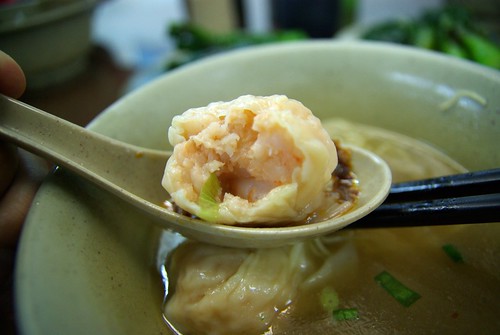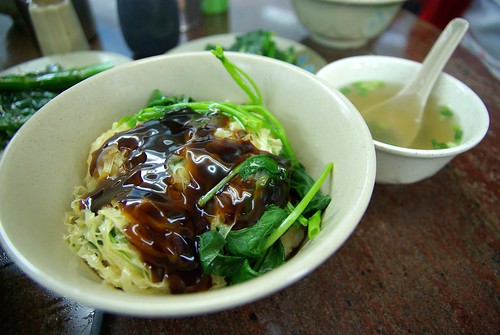Golden Lake brothel at night… …and during the day. One of my most popular posts ever on Comme les Chinois, was when in March 2008, I re-posted on a friend’s article on a friend’s impression (as a passerby) of Shanghai Street in Kowloon. Why was it so popular? Because Shanghai Street, along with Portland and … Continue reading “What will $200 in fact still get you on Shanghai Street?”
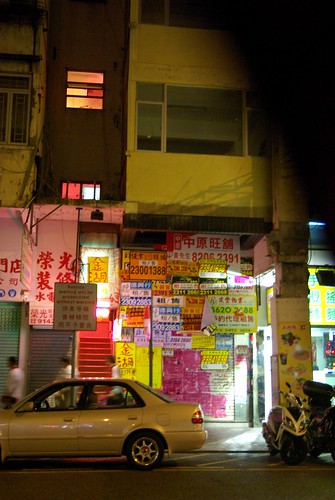
Golden Lake brothel at night…
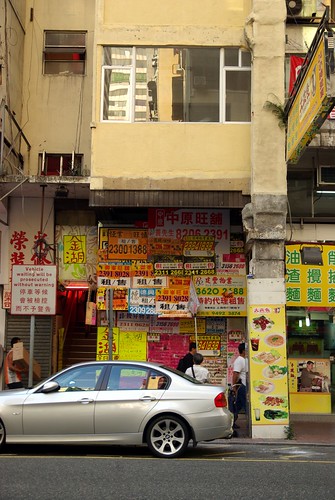
…and during the day.
One of my most popular posts ever on Comme les Chinois, was when in March 2008, I re-posted on a friend’s article on a friend’s impression (as a passerby) of Shanghai Street in Kowloon.
Why was it so popular? Because Shanghai Street, along with Portland and Reclamation Streets in their Mong Kok and Yau Ma Tei portions (between Shantung and Dundas) are often synonymous with the sex trade and is home to one of Hong Kong’s most well-known red-light districts. Day or night, as seen in the previous pictures, brothels operate as if prostitution was legal in Hong Kong. You walk around these streets at any time, and you will notice lit-up signs in flashy pink, or the red/pink neons hanging outside on the street or inside the staircase leading up to the establishment.
Perhaps most shockingly comes the “price list“, where the Chinese girl goes for HKD250 (CAD35) and the Malay or Filipina girl will make your wallet lighter by HKD200 (CAD28).

Langham Place
The Mong Kok red-light district is in fact just one or two blocks away from flashy Langham Place, a commercial complex that opened in 2004 and whose unavowed goal was to “sanitize” the neighborhood west of Nathan in Mong Kok. In terms of urban renewal, Hong Kong has used this stratagem before, in the early 90s with Times Square (時代廣場) in Causeway Bay and more recently with the apm shopping mall in Kwun Tong, which opened in 2005. While Times Square was a huge success, developing a largely residential area into the location to be for brand-name shopping in Hong Kong, it is still to early to tell if this would have the same effect on Langham Place’s surroundings.
A walk in the neighborhood (during the day) is quite uneventful. The area mostly has home renovation, and construction material, and metal shops, with a brothel at about every 50-100 meters. Ah-suks (uncles) working in the businesses look at you funny, but what seemed to be pimps, left you alone as you took a quick picture of their premises (without them in there, of course).
As it provides an “essential service” in a city of about 7 million souls, the Hong Kong government should leave this part of the city alone, as long as the triads don’t start shooting each other in broad daylight.
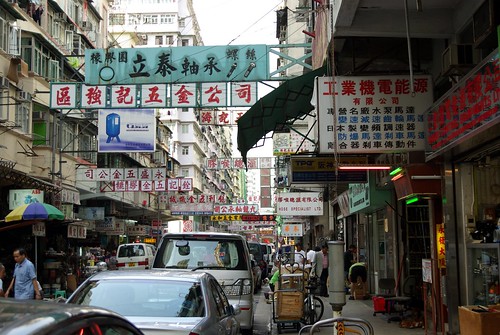
Home renovation and green light
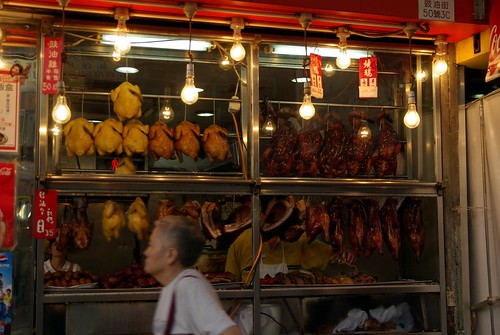
Chinese BBQ
And now, on a cultural note… In Chinese, “ordering chicken” (叫雞), like in getting chicken from a Chinese BBQ shop, is slang for patronage of female prostitutes. So, “ordering goose/duck” (叫鵝) is the patronage of male prostitutes…

